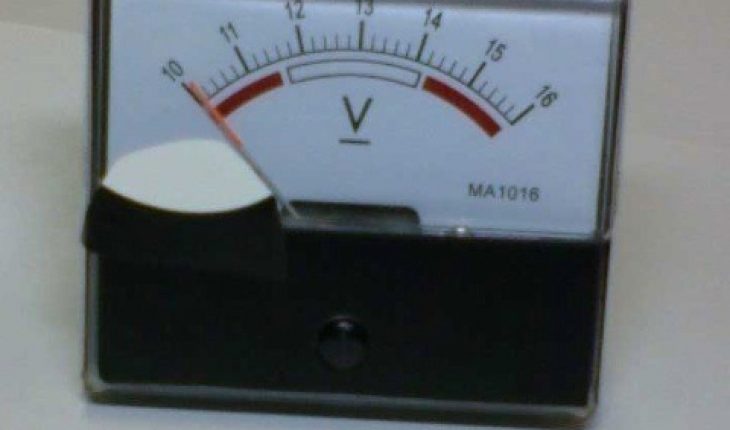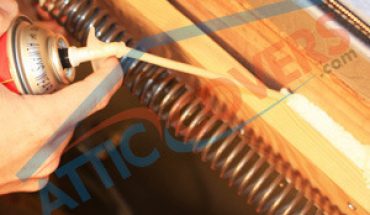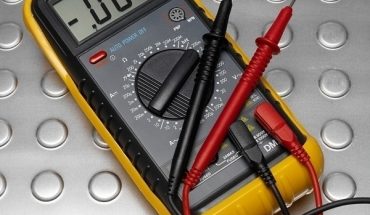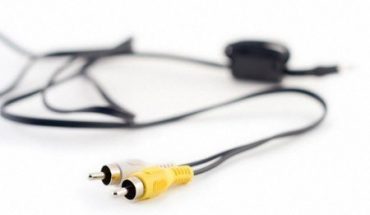Used primarily to measure the electrical potential difference in electric circuits, a voltmeter plays a very important role in the world of electronics. Designed to measure voltage, some of its models can also measure amperage and ohms. Furthermore, it can also be used to gauge temperature and pressure especially when calibrated suitably. In chemical process plants, it is commonly used to measure the level or flow of machines and other operations. In order to understand it better, it is good to know how to use a voltmeter.
Steps
Get the probes and then plug them into the voltmeter. The black one represents the negative (-), while the red one means positive (+). Turn the switch or selector dial to the specific type of measurement you wish to make. For instance, the DCV is used to measure direct current, specifically for batteries. Meanwhile, you can turn the switch to ACV is you want to measure alternating current, which is commonly found in wall outlets.
After that, it is time to select the range setting. The available options run from as low as 5 up to 1,000 on the part of the DCV. On the other hand, the options for the ACV side range from 10 to as high as 1,000. Once the range is set, simply turn on the meter and then start measuring. Hold the probes by their insulated handles.
In case you are measuring a DC circuit, the red probe must touch the positive side while the black probe must touch the negative side. However, things are quite different for measuring an AC circuit. Instead of designating the red for the positive and the black for negative, you can simply put the red probe on either side, while the black probe on the other side. After that, you can easily find the reading available at the analog dial or at the digital display, depending on what type of voltmeter you are using.
Additional Tips and Other Helpful Information
Before you turn the meter on, it is good to attach the alligator clips first to the probes. By doing this, you are sure that your hands are free from danger. A 9-volt battery must read 7.2 or higher. When measuring live voltage, never put it in the ohm setting because this can actually damage the voltmeter. In case you want to check a live circuit, it is better to use a test light or a voltage probe instead of a voltmeter.





